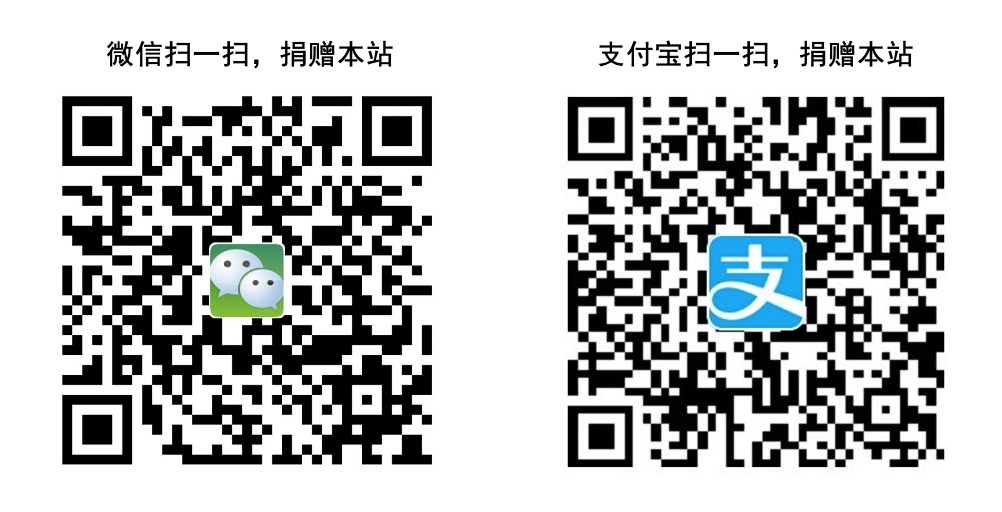A 32-year-old woman with pheochromocytoma is being treated with phenoxybenzamine. After surgical excision of the tumor, the patient has an episode of hypotension requiring 30 seconds of cardiopulmonary resuscitation and subsequent treatment in the intensive care unit. The attending physician asks his intern what physiologic responses he would expect to see if the patient had been given epinephrine during resuscitation. What would have been observed following administration of epinephrine?
一名患嗜铬细胞瘤的32岁女性正在接受酚苄明治疗。手术切除肿瘤后,患者出现低血压,需要心肺复苏30秒,并在重症监护病房接受后续治疗。主治医师问实习生,如果在复苏过程中给予患者肾上腺素,他预计会有什么生理反应。给予肾上腺素后会观察到什么?
(A) Decrease in blood pressure 血压下降
(B) Decrease in heart rate 心率下降
(C) Increase in blood pressure 血压升高
(D) Increase in respiratory rate 呼吸频率增加
(E) No changes in vital signs生命体征无变化
答案解析:
酚苄明是一种非选择性α拮抗剂,可阻断a1和a2受体。在该患者中,给予大剂量肾上腺素(既是a受体激动剂,也是b受体激动剂)将产生不受拮抗的β1受体(心率加快、收缩增强)和β2受体(血管扩张、支气管扩张)激动作用,因为肾上腺素的a效应可被预先给予酚苄明阻断。净效应将是β受体激动剂效应,包括心率加快和血压降低。
正确答案:A
原创文章(本站视频密码:66668888),作者:xujunzju,如若转载,请注明出处:https://zyicu.cn/?p=16138

 微信扫一扫
微信扫一扫  支付宝扫一扫
支付宝扫一扫 
